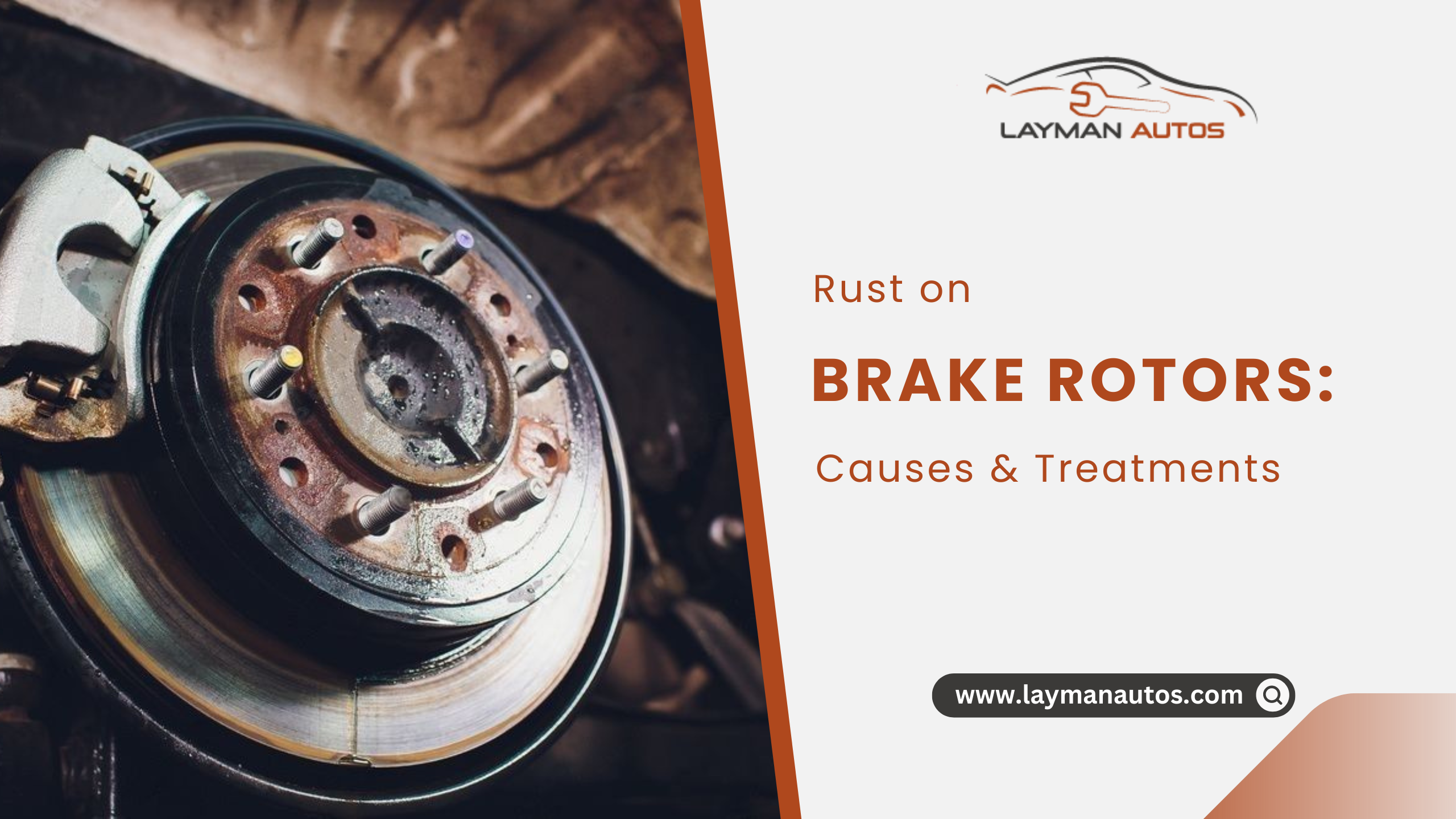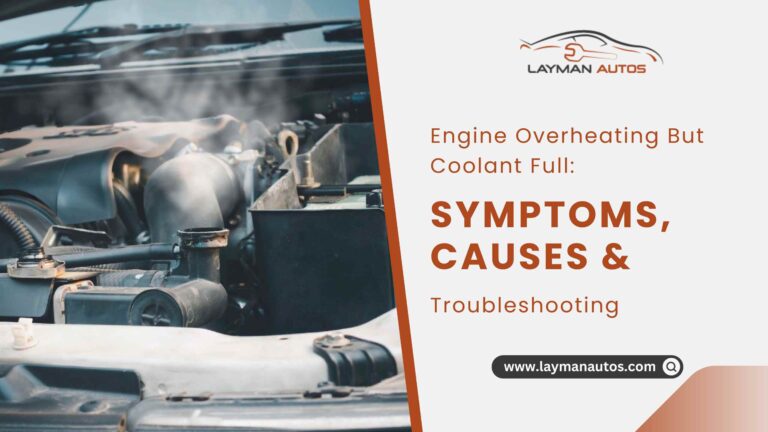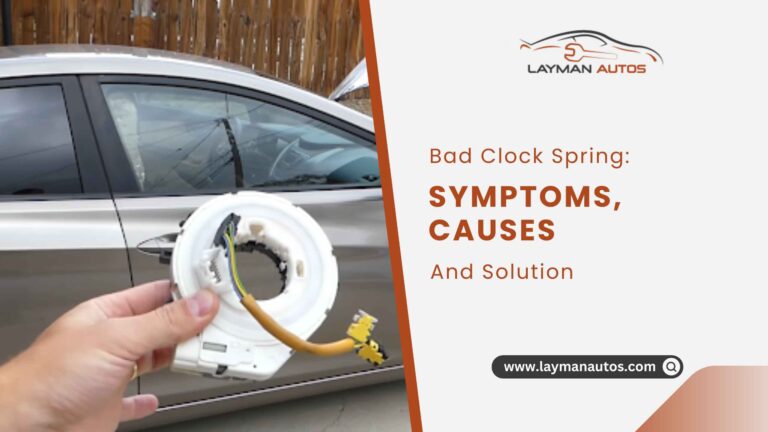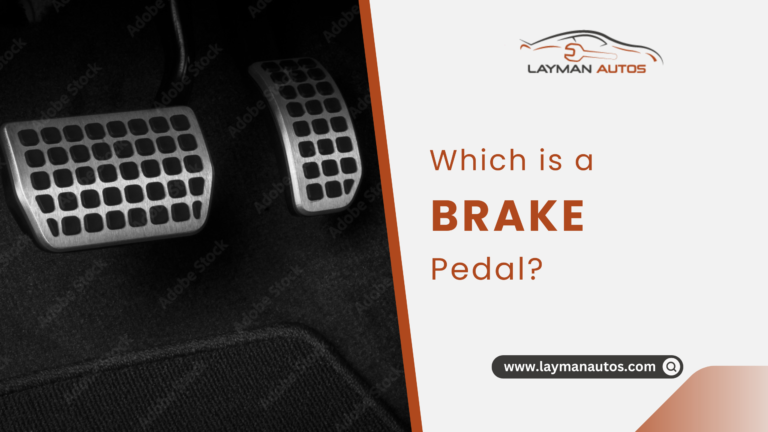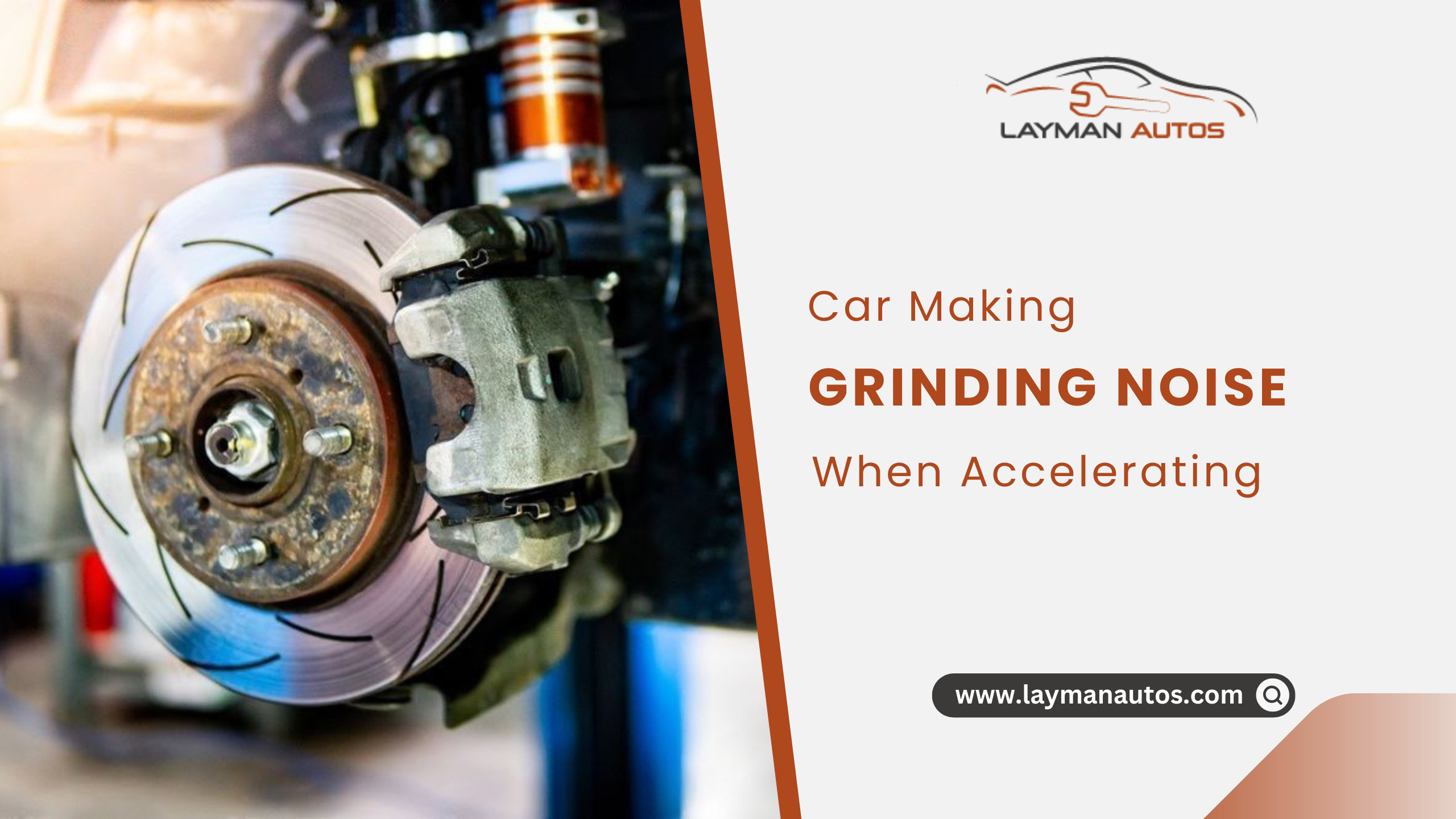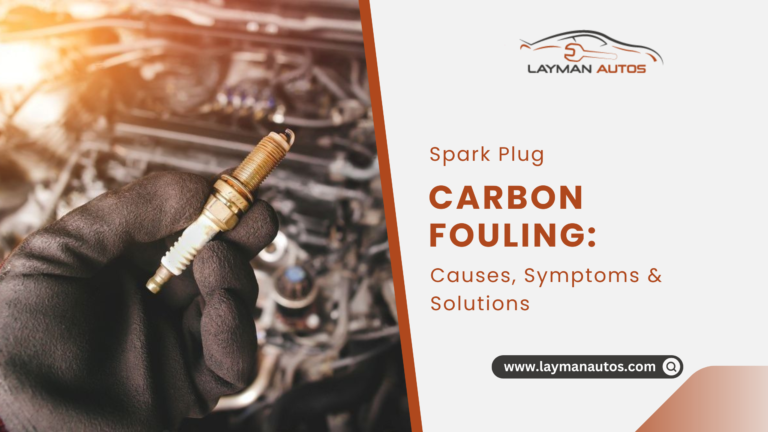Rust on Brake Rotors: Causes and Treatment
Iron corrodes into rust when exposed to air and moisture. When rust forms, it becomes impossible to remove it without also destroying the underlying substance. The high-quality steel used in brake rotors corrodes in the presence of moisture and salt, rendering them useless.
If the brake rotors are corroded, the metal will be ground away by the braking pads, leaving just sharp edges. Because effective braking requires smooth surfaces, this is a serious issue.
Fortunately, brake rotor rust removal is not always necessary. Use the methods and tools outlined in this article to clean the rust off of your brake rotors. Rust removal requires just time and persistence.
What Causes Rotor Rust?
Rotor blades that have rust on them pose a significant threat. They can make your brakes ineffective, which can lead to a loss of control. There will also be the issue of the surface’s loud, squeaky sounds that will be difficult to ignore.
By understanding the factors that contribute to rust, you may take steps to protect your belongings. Use a rust preventative spray whenever possible; it’s always a good idea.
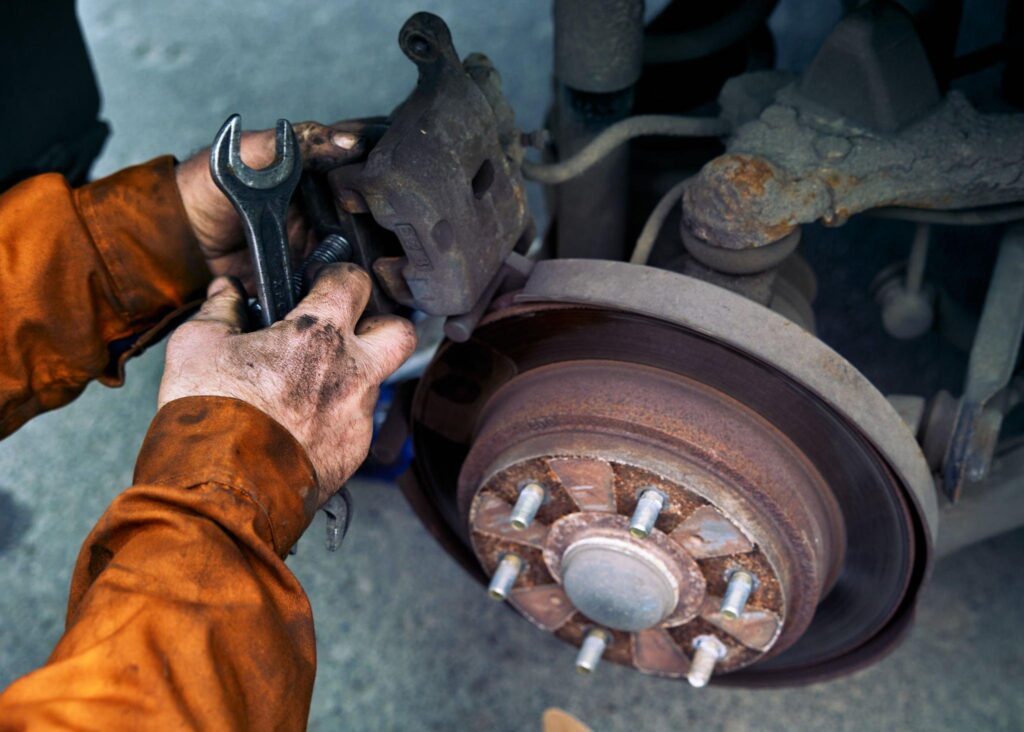
These five factors all contribute to rotor rust:
- Rust is more likely to be a problem if you reside in close proximity to a lake, river, or ocean. Rust can form on any metal component in your car if the interior is exposed to high humidity for an extended period of time. If you can, keep it inside a garage or face it away from any draughts.
- Rust tends to accumulate in wet environments. Keep in mind that rust thrives in humid environments rich in oxygen. The good news is that rust may be delayed by covering the automobile with a tarp, storing it in a garage, or placing it under a carport.
- Any damage to the rotors, such as scratches, splits, or other breaks, might allow rust to set in. Even if there isn’t much humidity or rain where you live, rust can form in the grooves. The rotors may crack and be damaged beyond repair if rust like this got on them.
- Worn-out brake pads and calipers are a potential safety issue. The squealing noise you hear when you use the brakes is caused by the brake pads scraping because they are too worn. When pads and calipers wear down to the point where friction generates microscopic grooves over the surface, rust can develop.
- Rust is accelerated by moisture and brake dust, which forms a clump. It’s normal to see some brake dust on your wheels and rotors, but excessive quantities are harmful. Your rotors, brake pads, calipers, and wheels will soon rust due to the accumulation of moisture.
Your car’s brake rotors might rust for a variety of reasons, as you can see. All of these things are avoidable, so you shouldn’t worry too much.
How dangerous is it when brake rotors rust?
If not addressed, rust may quickly spread. Because of this, the pads and calipers may get corroded and frozen. Also, iron corrodes into iron oxide through a chemical process known as corrosion.
It leaves pockmarks, depressions, and scars on your rotor’s face, reducing its effectiveness and ultimately reducing stopping distances. The faults can be eliminated by resurfacing the rotor, however, if your rotor is too thin, resurfacing will not be possible.
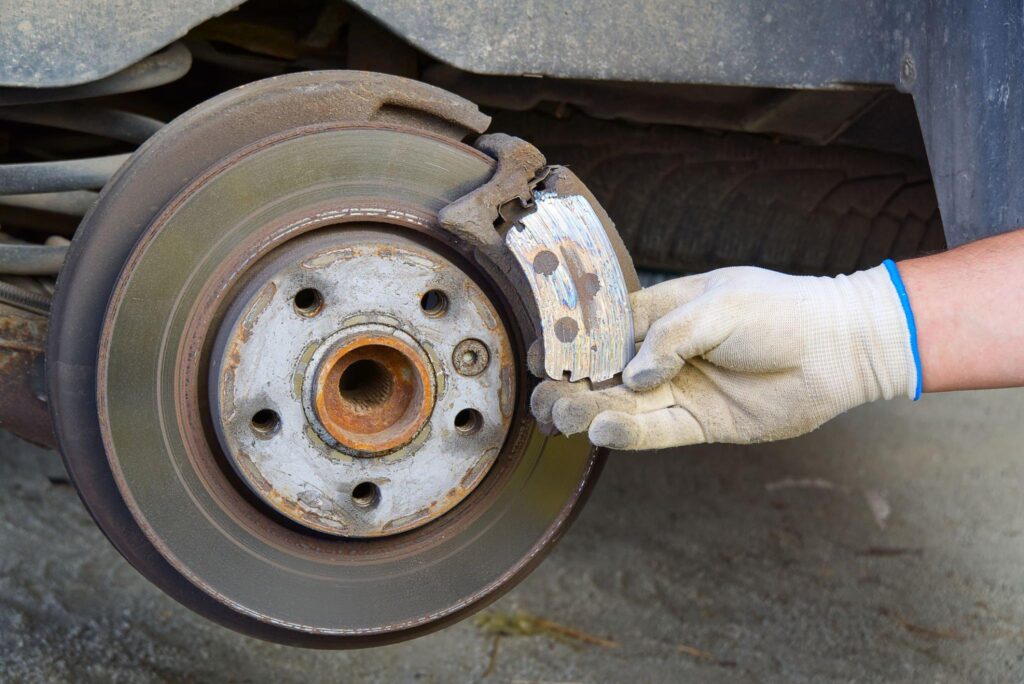
To continue driving with rust on the brake rotors is to hasten their demise. Slowly but surely, your car’s braking force may decrease, to the point where you may not be able to stop in time and cause a major accident. Rusted rotors cause brakes to wear unevenly, which in turn can harm other parts of your vehicle. For this reason, promptly eliminating rust from brake pads is essential.
The good news is that rusty rotors usually indicate other concerns, such as corroded brake lines. Fortunately, rust may be prevented from doing its damage with a minimum of effort.
Methods for Cleaning Rust From Brake Rotors
Rusted brake rotors are a common source of squealing noises and unsafe braking. Rust should be removed as quickly as possible since it can cause both of these problems, which can have disastrous outcomes if left unchecked. If your brake rotors have seen better days, you’ll be happy to know that they can be revitalized with a simple cleaning.
Once the rust has been loosened up with a test drive, the vehicle may be raised on a car jack and the caliper and brake pads might be removed to facilitate the cleaning process. The next step is to disassemble the brakes and scrub them with brake cleaner and steel wool. Calipers can also be painted for further protection.
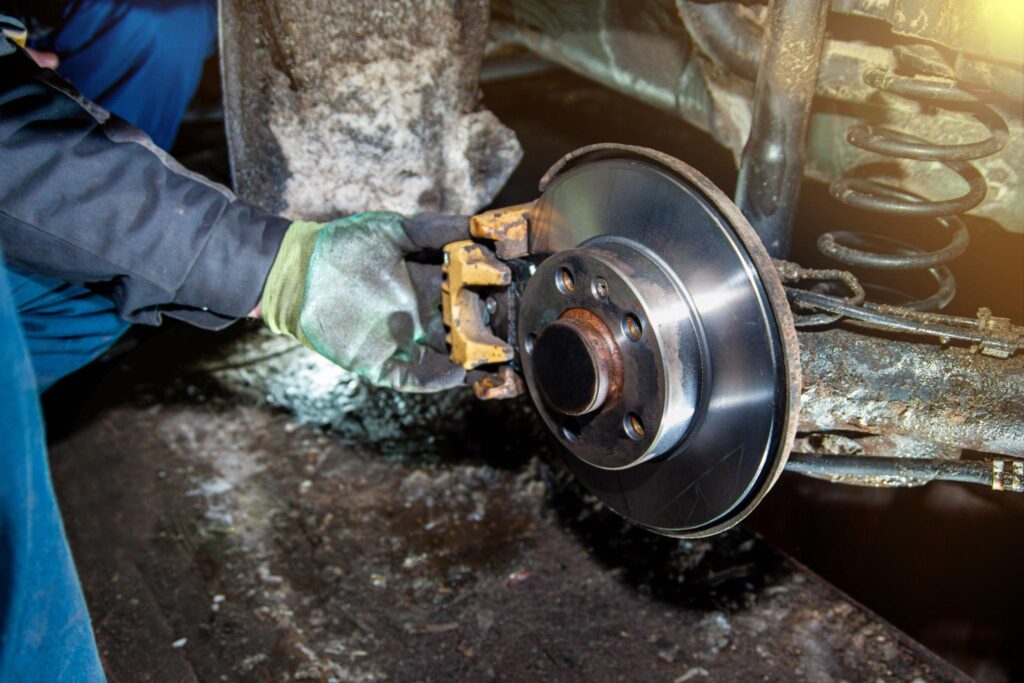
Methods for removing rust from brake rotors include:
1. Vinegar and Salt
The brake rotors can be cleaned of rust in this manner with minimal effort. You may use just salt and white vinegar. Use sandpaper to get rid of the rust on the surface. Put some salt in a jar and then pour in enough vinegar to get it saturated.
Brake rotors should be submerged in the solution for at least 12 hours before being cleaned with a wire brush. Vinegar helps to remove rust from the brake, and any lingering particles can be loosened with salt. Brake rotors should be washed in clean water and dried thoroughly before being reinstalled on the vehicle.
2. Brake Rotor Rust Removal Spray
Try a rust converter if the vinegar and salt mixture doesn’t do the trick. There is a chemical here that may turn the rust on your brake rotors into a black, protective covering. You should know that this won’t get rid of the rust entirely; it will just slow its progress. The rust converter should be applied to the rotor and allowed to dry before proceeding.
3. Toothpaste and Aluminum Foil
Toothpaste is a common household item, but many people are astonished to learn that it can be used to remove rust from brake rotors. All you need is some aluminum foil, any sort of toothpaste, some water, an old toothbrush, some rubber gloves (optional), some paper towels or rags to wipe up the extra paste, and some cotton swabs to get into the nooks and crannies.
To begin, make a paste by combining the toothpaste with water. Use an old toothbrush (or your fingers if you’re wearing gloves) to spread this paste throughout your vehicle’s brake rotor. Spread the paste all over the rotor and let it set for 30 minutes then scrub the rotors.
The next step is to take a sheet of aluminum foil and fold it into a square that is roughly twice the size of your brake rotor. You may use a book or a block to add some heft and keep this on top of the paste-coated rotor. Leave the foil in place for at least 12 hours, preferably overnight. After you’ve taken it off, give the brake rotors a good wire-brushing to get rid of any lingering rust, then wash them well. You should reinstall them when you’ve dried them off.
4. Sandblasting
The most effective, albeit pricey, method for cleaning rust from brake rotors requires the use of a sandblaster. In addition to steel wool and WD-40, you’ll need a blast cabinet or chamber designed for industrial use.
To prevent dust from spreading to other parts of the workspace, plastic sheeting should first be used to cover any nearby surfaces. Following the application of WD-40 to the brakes, the rust can be removed with steel wool.
Finally, seal your blast chamber door numerous times with duct tape and secure your rotor inside along with sufficient rusty material (steel wool). To remove all traces of rust, start the machine and let it run for around 15 minutes. When you take the rotors off your car, you should wash them and dry them fully before putting them back on.
5. Wire Brush and Sandpaper Rust Removal
Get the car up on jack stands, and make sure they’re stable. If you want to get a head start on your task, you should probably loosen the lug nuts on your wheels and take them off. When tightening lug nuts, it’s important to use the right size wrench and not apply too much force.
Remove the wheel and then carefully pound out the rotor with the mallet. It may be necessary to repeat this process many times if there is a significant amount of rust. Don’t smash your rotor with the mallet; that would be a disaster.
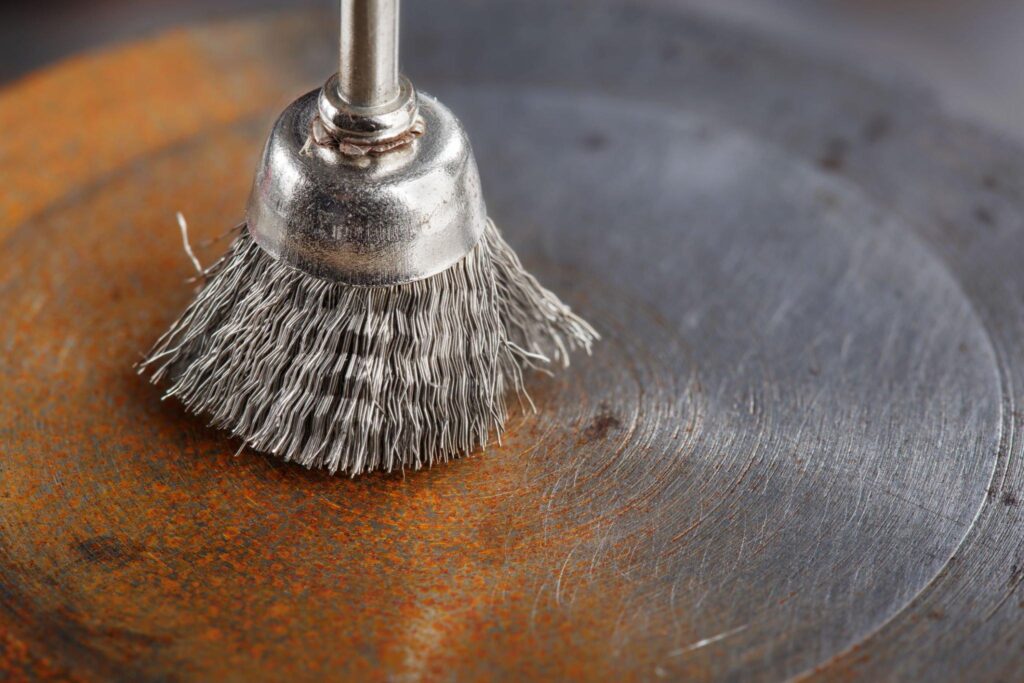
If there was any rust or debris on it before you knocked it out of the way, you may clean it off with the wire brush. To achieve the best results, use both a fine and medium wire brush. Make use of lots of pressure, but avoid using excessive force. You need to be careful not to shatter the rotor.
The next step is to sand the rotor with 80-grit sandpaper to get rid of any remaining rust or debris from the wire brush. Keep in mind that you may need to go around the rotor with a wire brush and sandpaper in the opposite direction to get rid of any rust that may have built up. Another option is to use sandpaper with a rougher grain at first, and then a finer grit at the end.
The brake cleaner should be sprayed on the rotor after a piece has been cleaned using a wire brush. Any rust or corrosion on the rotors should be easier to remove using this citrus-based treatment. Apply this as directly to the metal as possible; doing so will maximize its effectiveness.
Spray the brake cleaner onto the rotors, and then place them in a plastic bag to rest for at least two hours. That way, the cleaning solution, and the rust may both permeate the metal and free it up.
Don’t bother taking your rotors out of the bag until after that time has passed. It’s normal for a thin coating of rust to form on the surface of the metal.
After letting the brake cleaner lie on the rotors for a while, you may use a medium wire brush to get rid of any remaining rust and filth. Your rotors ought to emerge unsoiled from the process.
After the rust has been scrubbed away with a wire brush, the rotors may be given a final polish with some sandpaper. By doing so, you can be sure that all traces of rust have been eliminated. Then, polish the metal to make it seem as good as new.
After this, your rotors should shine like new. You may repeat these techniques to clean your rotors up if you see any rust reappearing after a few weeks or months.
Brake Rotor Rust Removal Cost
A technician may suggest resurfacing the rotors if there is sufficient thickness. If this is the case, we found that the costs might vary from $40 to $65 for each rotor at a repair and nearly twice this at a local dealership. Costs for other parts, including brake pads and calipers, would not be included in this rotor-specific estimate.
However, labor expenses are estimated at $158-$200, while parts cost between $77 and $129. This results in a total cost of between $235 and $329 at different shops across the United States.
Tips for Avoiding Heavy Rust on Your Brake Rotors in Future
Using high-quality replacement components and keeping up with routine maintenance will help keep your brake rotors from corroding. Brake replacements should always be OEM-approved. Don’t give in to the temptation of buying fakes that won’t last as long.
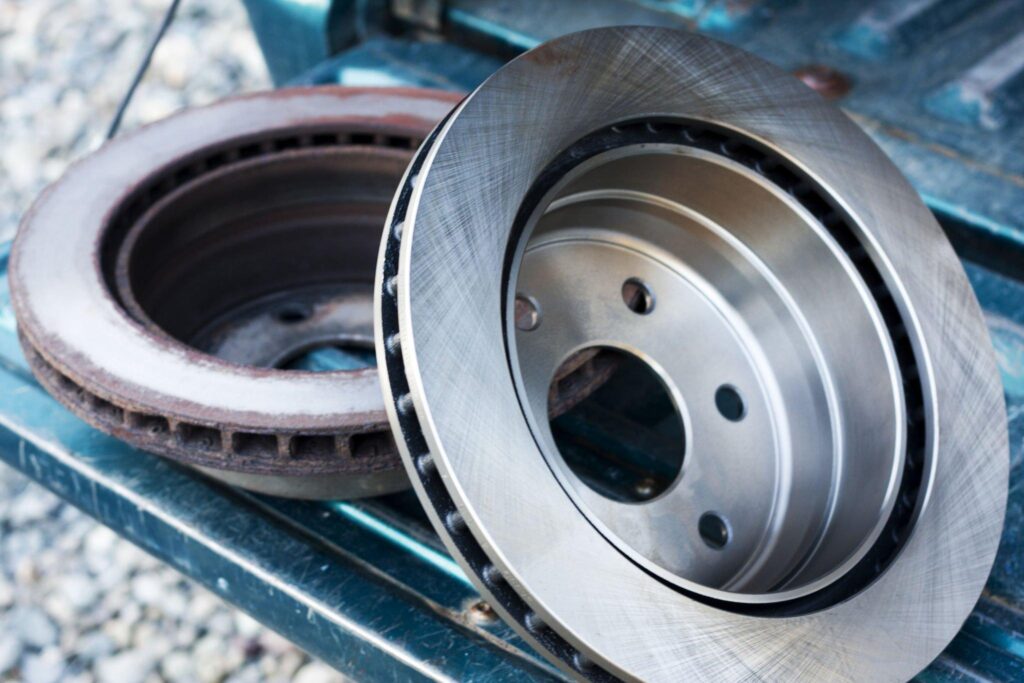
In addition to changing your brake pads frequently, you should also clean your brake rotors using brake cleaner and treat them with rust inhibitors. It will be less likely to be damaged by salt and water.
Fast cleaning of the brake rotors is a good idea if you’ve let your automobile rest for a while without driving it. A set of ceramic brake pads is an option if you’re worried about rusting. Made from a ceramic substance known for its abrasive qualities, it will not rust or corrode.
Conclusion
The life of your brake rotors may be extended by a significant amount of time just by removing rust and other dirt. Because rust doesn’t cause that annoying squeak, you won’t have to replace them as often.
Don’t forget that rust only needs water and air to form. If you want to keep your car clean, rust-free, and safe to drive, you should examine it thoroughly once a month.
Frequently Asked Questions
Rotor rust? Can wd40 help?
Brake rotor rust? WD-40’s got you covered. There are many applications for WD-40 because of its versatility. And it works well on rust, too. It’s as simple as spraying WD-40 on the rust and waiting a few minutes. After that, scrape the area with a wire brush.
Can the brake rotors be cleaned of rust in any other way?
The answer is yes; there are really a few other options to explore. One option is to apply a brake rust remover like Naval Jelly and let it sit overnight.
The brake rotors can also be soaked in an acidic bath (vinegar or lemon juice) for 12 hours or overnight, after which the rust can be scrubbed off with steel wool and then the parts washed and allowed to air dry.
Finally, you may try using a sandblaster to remove the rust, but you should protect any nearby surfaces first.
Could rust develop beneath the paint?
To some extent, paint can prevent rust from forming, but it’s not completely impenetrable. Rust might develop even if you painted over the bare metal.
To remedy minor flaws, touch-up paint will do the trick, but a full repainting may be the better option.

